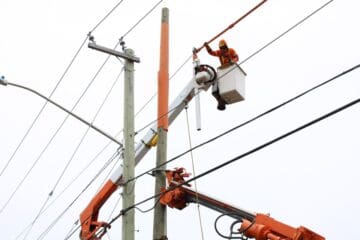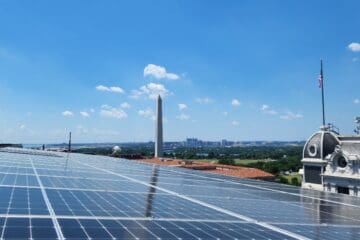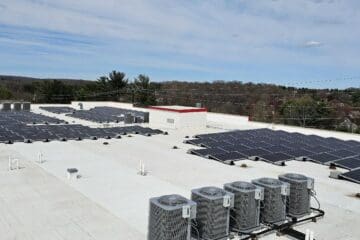Categories: Commercial Solar Energy
Loss of Phase Condition in a Three -Phase PV System
Loss of a Phase Condition in a Three-Phase PV System Phase loss in a three-phase transformer can have significant and damaging effects on the transformer and the electrical system. Three-phase electrical systems are designed to






